Indian Traditional Dresses: 11 Ethnic Essentials For Every Girl
Steal the show and flaunt your traditional side with these stunning ethnic wear ideas.
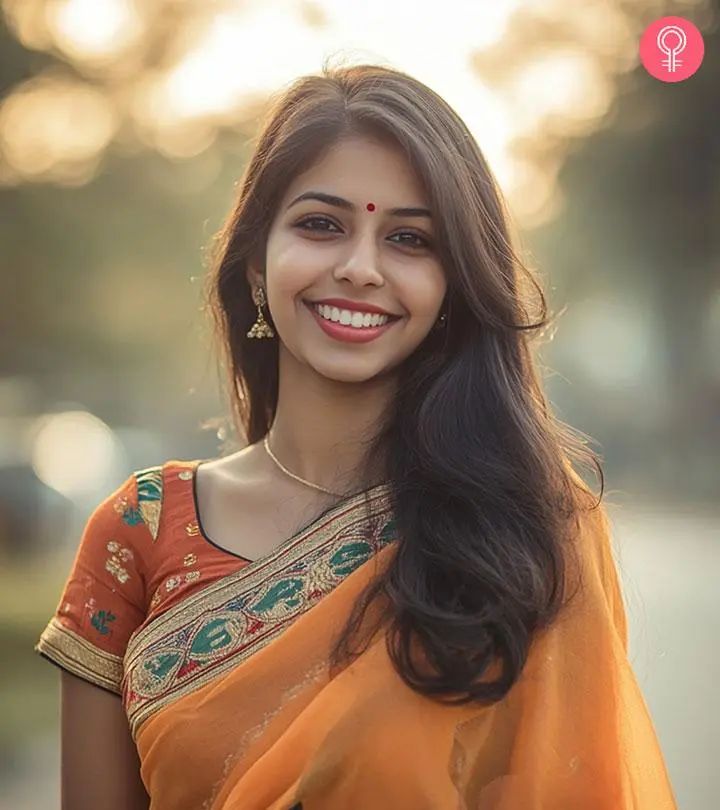
Image: Midjourney/ StyleCraze Design Team
Indian traditional dresses have been a fundamental part of cultural identity for Indians over the centuries. They have a background of rich heritage and deep cultural stories. Plus, the designs are simply stunning. They look fabulous on all body types. Every girl can don an Indian dress and appear amazingly gorgeous and super cool in them. Today, women just cannot do without these traditional Indian clothes, and thanks to many brands and designers who have blessed us with umpteen unique options. To this end, we want to tell you everything you need to know about traditional wardrobe staples in this article. All you have to do is scroll down and find out. So without further ado, let us go ahead and give this piece a read because it is time to flaunt some beautiful ethnic dresses and steal the show.
 Ace The Look
Ace The Look- Accessories: If you are wearing a kurti for a casual day, accessorize with small to medium jhumkas. If you are wearing a saree, consider wearing a bold necklace and bangles.
- Dupatta Style: Drape your dupatta on just one shoulder for a stylish and manageable alternative to the traditional two-shoulder look.
- Footwear: Pair your gorgeous saree with comfortable wedges or platform heels and your kurti or salwar kameez with ballet flats or juttis.
- Occasion: A simple kurti worn with palazzos, leggings, or jeans is ideal for casual days, whereas sarees, lehengas, and anarkali suits are perfect for formal events and pujas.
In This Article
Indian Traditional Dresses – Ethnic Essentials For Every Girl
1. Saree
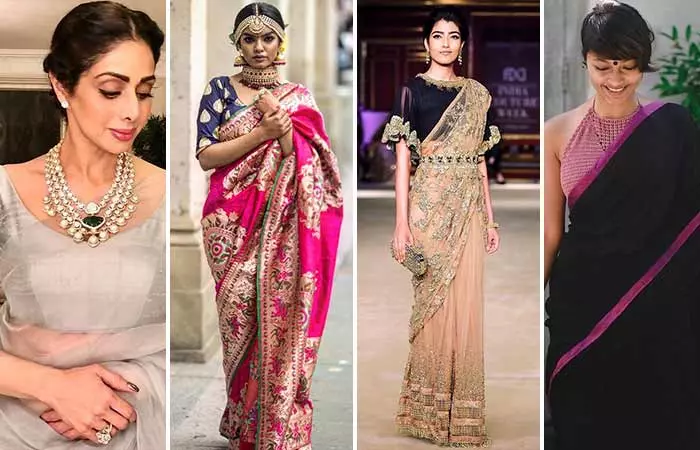
@designerayushkejriwal
@shyamalbhumika
@suta_bombay
Thanks to Deepika, Kareena, and Shilpa Shetty, wearing sarees is so in. But, if you ask me, I’d rather wear my grandmother’s gamcha saree and spruce it up with a blouse than invest in a couture saree by a prominent designer. That said, whatever it is that may define you – we need sarees and a lot of them in our ethnic closet because nothing is more compelling on a woman than a saree. Though contemporary saree looks are all the rage right now, we surely cannot neglect the classic silhouettes, be it a kanjeevaram saree or bandhani saree. And while some cannot get enough of Kalamkarii A kind of hand or block-printed cotton fabric produced in the Indian state of Andhra Pradesh that uses only natural dyes. sarees with matching blouses, some like to doll up in a Sabyasachi, and a few others jump at the idea of wearing a saree – any kind would do! So yes, keep a few sarees in your closet, they always come in handy for a traditional day look.

 Did You Know?
Did You Know?2. Salwar Kameez

2) Not found
@anitadongre
Salwar Kameez is to Indian fashion what rice is to Indian food – a staple; or, it has become so over the years. This traditional dress of India, as the name goes, is a standard set of a top, bottom, and a dupatta. But, these have taken many forms over the years, and we will talk about that in a minute. The traditional salwar kameez is something the average Indian woman spends most of her life in. Designers are doing a splendid job in taking the salwar suits to the next level; so, you can never have too many of these.
3. Patiala Suits
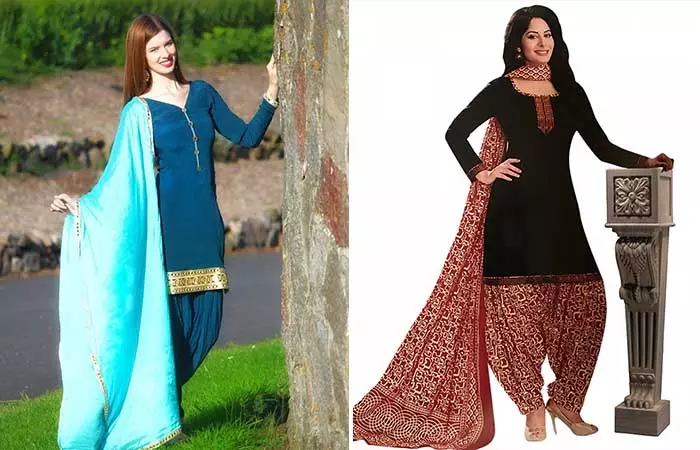
Indians love all things Patiala, if you know what I mean. The Patiala salwar or pants are a wider and cooler variation of your regular bottoms. These have more definition because of their pleats that give your outfit a fuller feel. It looks especially great on tall women. Nevertheless, Patiala suits are evergreen, and thus we all need these in our closets. Be it a short kurti or a straight-cut kurti, kurtis of all types go well with a Patiala pant.
4. Anarkali Suit

@thesecret_label
@thesecret_label
There was a total fashion freeze for the longest time and we felt like there was no innovation in the traditional dresses line because Anarkalis took over. They practically ruled the racks before there were others entrants, but all said and done, you cannot get enough of these, and that’s why a part of me will always look for these every time I go shopping. Anarkalis are long and voluminous, and the A-line cut starts way above the hips. From cotton to tulle, lace, and zari work, Anarkalis will always have a considerable market share, and no one can change that.
5. Lehenga Choli
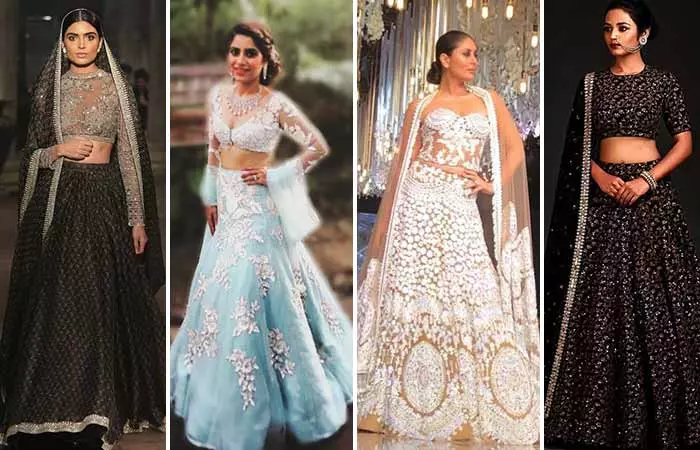
@manishmalhotra05
@manishmalhotra05
4) Not found
The lehenga is slowly turning out to be the most sought-after bridal dress. Women from most communities in India get married in a lehenga choli, and the kind of options that we have right now is beyond overwhelming. Whether it is the intricate lehenga blouse design or the elaborate skirt, every detail is crafted to perfection. If the lehenga is not the dress to get married in, brides make sure they wear one for their sangeet, Mehendi or other functions. The bridesmaids too generally go for this sexy Indian wear.
6. Kurta
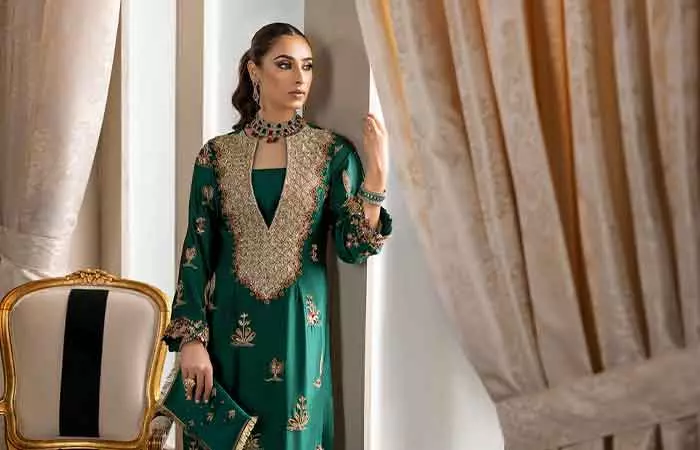
Kurtas to modern Indian women are go-to formal dresses. Even when you are not in the mood to suit up for a meeting, wear a block-printed kurta and pair it with jhumkas and pumps – you’ve got yourself a chic boho look in minutes. From teenagers to middle and old-aged women, kurtas are what we all prefer because we have gotten over the fact that we need a dupatta every time we wear an Indian dress.
Olga, a blogger, shares her personal experience of donning an Indian ethnic set- a kurta with a dupatta. She rejoices in the texture, soft feel, and embroidery of the outfit. She complemented the look with some Indian jewelry such as bracelets and peacock earrings. She further adds, “I don’t understand those who live in a foreign country and never ever try on what local folks wear. It is always fun for me and I really enjoy wearing ethnic clothes (i).”
7. Palazzo Suits
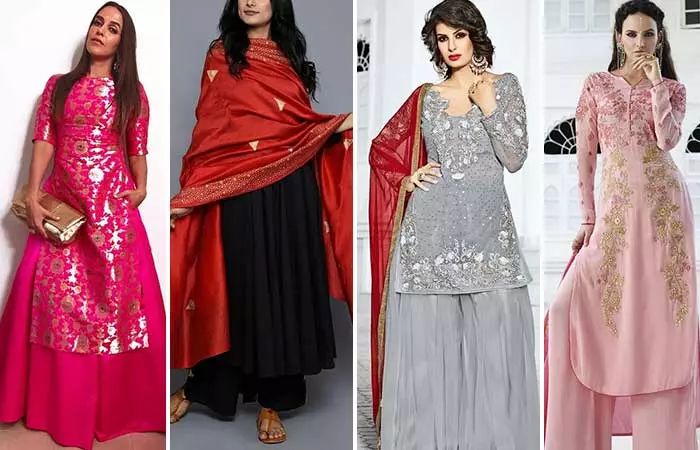
2) Not found
@sareebuzzindia
@sareebuzzindia
Palazzos will be one of those things I will really be thankful to God for. Gone are the days when we survived on leggings – palazzos have come and taken over the shelves. You can wear any kurta or sherwani with palazzo pants to look stylish, or ditch the boring old salwar suits and go for palazzo suits. You can also go Indo-Western by matching your palazzo pants with a short top or even a T-shirt and finish the look with chunky accessories.
8. Long Skirt
I’m going to say this one more time – if you cannot get enough of Bohemian clothes, start hoarding long skirts. You can wear them with simple tank tops and chunky jewelry, and go for a smokey eyed look. Wearing skirts with long or short kurtas is fashionable too, so if you can pull something like that off, you should give it a shot. Either way, if you are working on your closet for traditional dresses, throw these in.
 Quick Tip
Quick Tip9. Floor Length Dresses
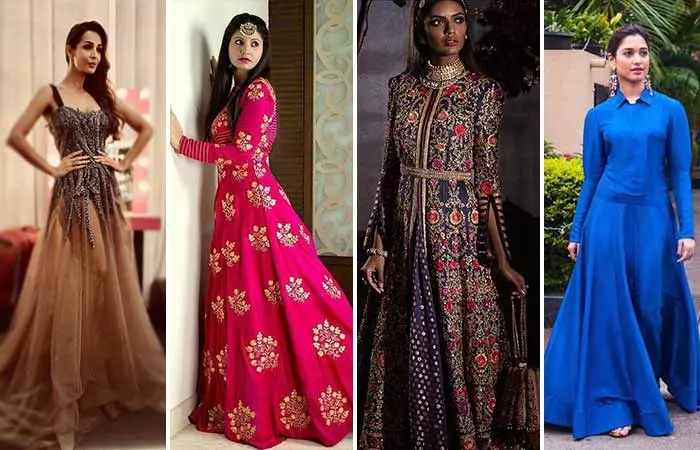
@girls_gorgeous_wear
@taruntahiliani
@taruntahiliani
After Anarkalis, it is the floor-length dresses that we are all obsessing over. Floor length dresses are nothing but a very desi melange of a long one-piece suit and the Anarkali. Add a heavy or light worked dupatta to dress up or dress down; either way, you will stand out. But, remember to wear slightly elevated footwear for a better-looking silhouette.
10. Dupattas
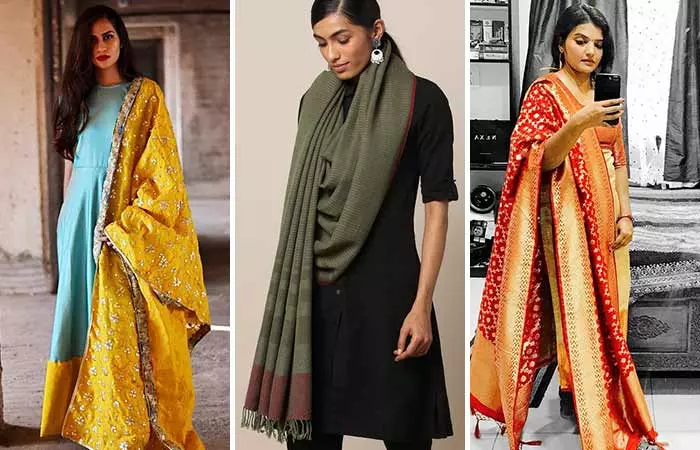
2) Not found
@sreesboutique
We always had a love-hate relationship with the dupattas for reasons I do not want to get into right now, but now, I must admit I have a love-love relation. I love the whole concept of mix and match of the dupatta to play a contrast game instead of the mainstream salwar suits. You could do that too, but as per the market trends, if you are wearing a dupatta, it just means the onus is on that one peripheral to lift the outfit. That’s why women are going gaga over the Banaras, phulkarii Folk embroidery from the Punjab region of India that includes floral and geometric motifs embroidered with silk threads. , and bandini dupattas.
11. Gharara
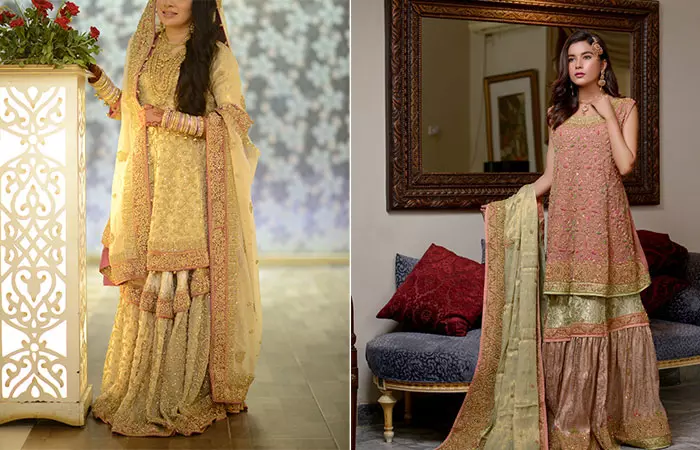
The gharara is probably one of the most royal-looking ethnic attires that comes with a fitted top and the bottoms that are fitted from the waist to the knees, giving way to a gorgeous flare. Ghararas are generally heavy and feature detailed embroidery work and have a regal vibe to them. They are made of luxurious fabrics like silk or satin, and are often donned for auspicious family functions or weddings. It is a versatile ethnic dress that can be easily customized as per preference. You can go for a short blouse-style top, a fitted short kurti, or a long kurta, and the flare of the bottom can also be adjusted by adding or reducing the fabric.
Each attire listed above looks ethereal and is worn on specific occasions. They can be for festivals or celebrations or even a social event like a wedding. But which is for which? In the next section, we have discussed what kinds of Indian attire to wear during different occasions.
Key Takeaways
- Explore Indian traditional dresses from different states to appreciate diversity and learn about different cultures and local craftsmanship.
- A simple kurta, paired with palazzos, jeans, or leggings, is a great modern take on Indian ethnic attire.
- Show off your culture by wearing a classic saree. It could be plain cotton or a silk saree.
- Palazzo suits are in trend now; they give that oversized look while being ethnic.
- Try hopping into a lehenga instead of a gown for your special event.
- Opt for traditional embroidery styles that instantly upscale the ethnic look, such as chikankari.
Tips For Choosing An Indian Attire Based On The Occasion
Enhance your style by wearing the right Indian traditional dress for different events. Here are some tips.
- Festivals: Wear sarees or lehengas made of fine fabrics like silk to embrace the luxury of the festive spirit. They look extraordinary when paired with sparkly jewelry.
- Weddings & Engagement Ceremonies: If you are the bride, put on a heavily embellished saree or a lehenga. However, if you are attending the wedding as a guest, wear elegant sarees with a flowing ‘pallu’ or salwar kameez with slight embroidery elements.
- Get-Together Parties: Choose lightweight kurtas, Anarkali suits, or simple sarees with subtle detailings for wearing to casual or informal parties.
- Reception Parties: Opt for gown-style traditional dresses, palazzo suits, or ghagra choli for reception ceremonies.
- Formal Events: Choose Anarkali suits in pastel tones or structured Patiala suits for formal events as they give off a sophisticated allure.
Infographic: Fun Facts About Indian Clothes
Traditional Indian dresses have a beauty and charm of their own that cannot be replicated by any western attire. With their beautiful fabric adorned with eye-catching patterns, prints, and ornaments, these attires are truly something to die for.
If you are planning to flaunt your desi side, check out our infographic below to learn more about traditional Indian clothes!
Some thing wrong with infographic shortcode. please verify shortcode syntax
There was a time when Indian traditional dresses were put on the backburner. However, in recent times, ethnic wear has seen a resurgence with many designers and brands providing you with endless options. So, from the list of top 10 traditional dresses of India that we have given above, if you are looking for something comfortable and evergreen, you can opt for a beautiful combination of patialas and kurtis. If you want something more bohemian and chic, a long skirt paired with chunky jewelry can elevate your look to the next level. From the elegant sari to stylish floor-length dresses, you can select your clothes based on your preferences and style.
Frequently Asked Questions
What is traditional Hindu clothing?
A saree or long scarf for women and short coats for men comprise traditional Hindu clothing.
What is another name for the Indian dress?
Saree is another name for the traditional Indian dress for women.
Which state has the best dress in India?
Each state of India has a variety of traditional dresses which have their own unique beauty and history attached to them. They look beautiful on anyone who wears them and it is difficult to choose any one as the “best.”
What are the traditional colors of India?
The traditional colors of India are inspired by “The Tiranga,” or the national flag of India which features three colors: saffron, white, and green.
What are some popular Indian traditional dresses, and where do they originate from?
Some popular Indian traditional dresses and their origins include the saree from South India and Indus Valley civilization, based on its sari-like drapery, the salwar kameez from Punjab, lehenga choli from Rajasthan, Gujarat, Madhya Pradesh, Uttar Pradesh, the ghagra choli from Gujarat, and many more.
How have Indian traditional dresses evolved over time?
Beginning from the early Vedic era, women wore lehengas and cholis, and skirts and long scarves during the Mayurian period. The Mughal Period included churidars and salwars, and the 1970s brought in fancy blouses, high neck outfits, jeans, and polka shirts from the West. Denim entered the scene in the 1980s, which saw denim fit pants and jackets, and then the 1990s saw the rise of floral dresses, long skirts, sunglasses, and dungarees.
What are some occasions or events where Indian traditional dresses are typically worn?
Indian traditional dresses are typically worn on special occasions such as weddings, festivals, and cultural events. However, recently, it has become a common attire for work wear. Some common traditional wears include Paithani sarees for weddings, which are known for their rich silk and intricate zari work. Banarasi sarees are another popular choice, especially for bridal wear, due to their luxurious fabric and elaborate designs. Lehengas are often chosen for sangeet or reception ceremonies, while Anarkali suits and Sharara sets are also becoming very common.
What are some common fabrics used in traditional Indian dresses, and what makes them unique?
Common fabrics used in Indian traditional dresses include cotton, silk, chiffon, georgette, velvet, and crepe. These fabrics are often adorned with intricate embroidery and embellishments to create stunning patterns and unique designs.
What are some popular accessories that are worn with traditional Indian dresses?
Jewelry such as earrings made of gold, silver, or precious stones, necklaces, bangles, and bindis are common accessories worn with Indian traditional clothing.
How can individuals from other cultures respectfully and appropriately wear Indian traditional dresses?
Individuals from other cultures can respectfully and appropriately don Indian traditional dresses by learning about the cultural significance and history behind the dress of their choosing and wearing them with confidence and understanding.
What types of traditional Indian dresses are suitable for casual wear?
A salwar kameez is a comfortable option, suitable for casual outings. You can also pair a traditional Indian kurta with your daily jeans to create an indo-western outfit. Simple, lightweight sarees look elegant too.
Illustration: Traditional Indian Dresses That Every Girl Can Wear
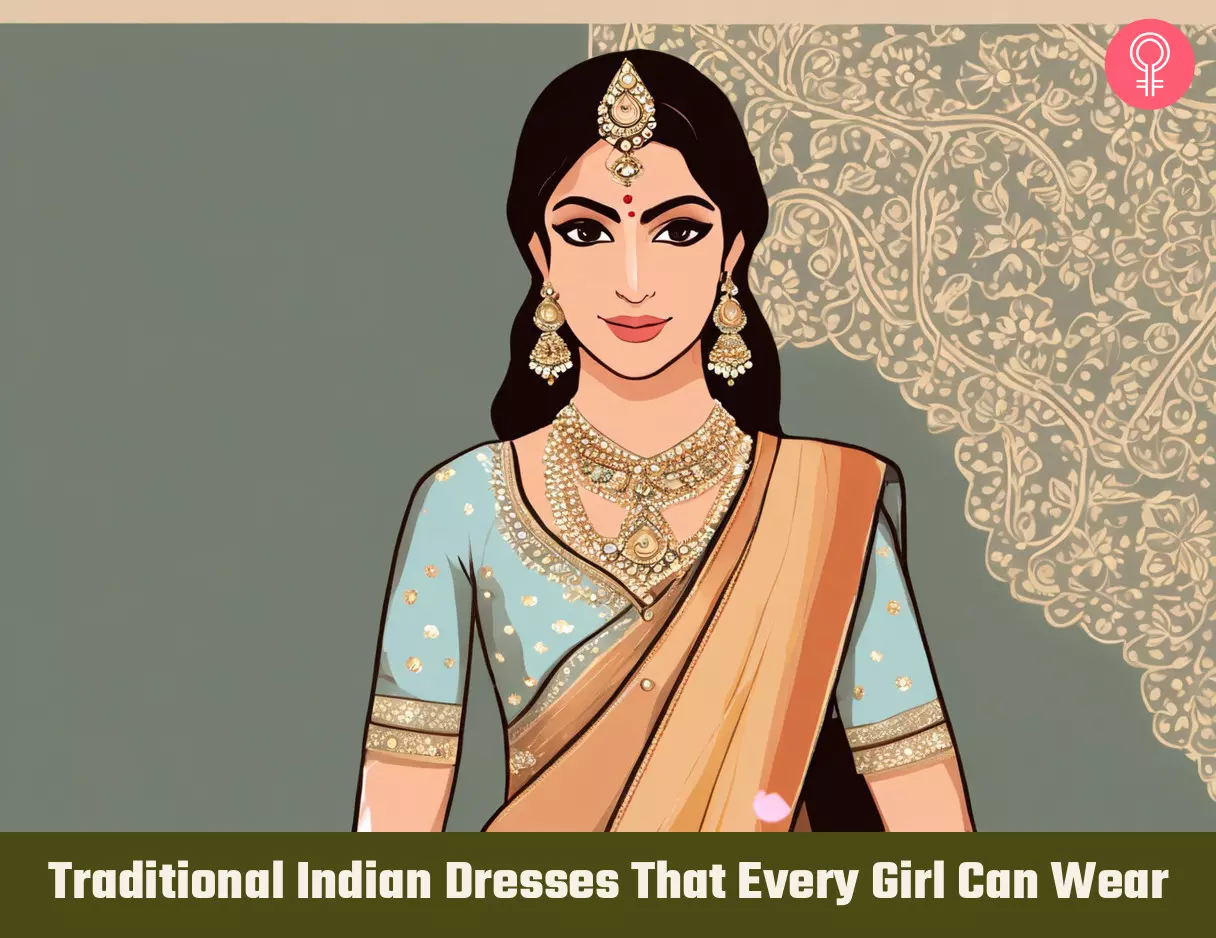
Image: Stable Diffusion/StyleCraze Design Team
Explore the traditional dresses of India’s 29 states! Discover the unique and vibrant costumes of each state, from the colorful saris of Gujarat to the elegant dhotis of Tamil Nadu. Watch this video!
Banner Image Credits: Instagram
Personal Experience: Source
StyleCraze's articles are interwoven with authentic personal narratives that provide depth and resonance to our content. Below are the sources of the personal accounts referenced in this article.
i. Ethnic summer lookhttps://local-moda.blogspot.com/2017/05/ethnic-summer-look.html?m=0
Read full bio of Pratima Ati
Read full bio of Madhumati Chowdhury
Read full bio of Srijita De

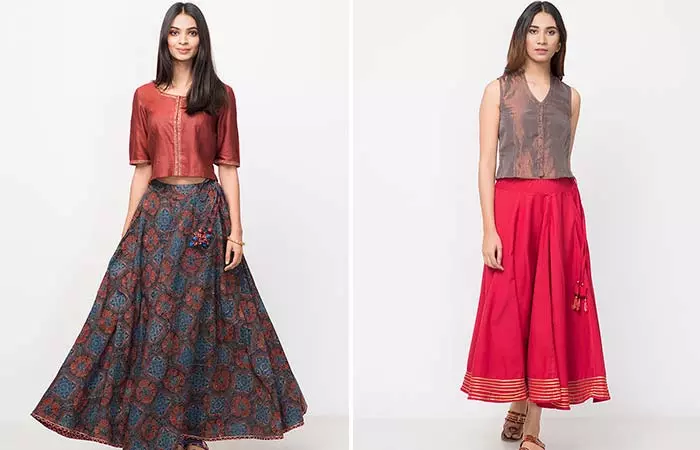


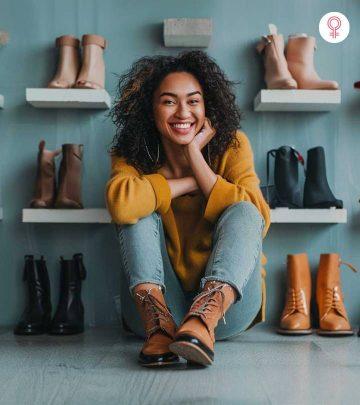
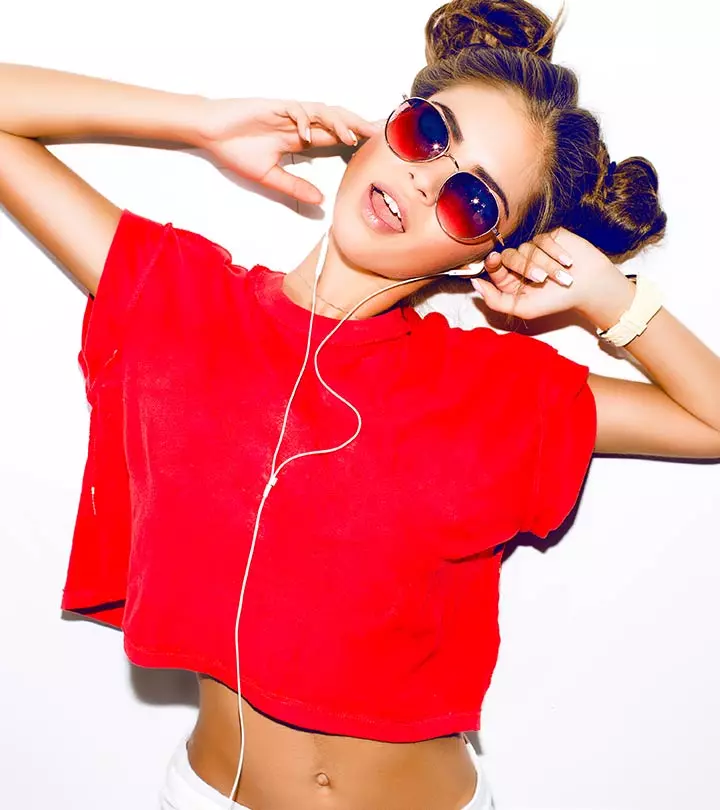
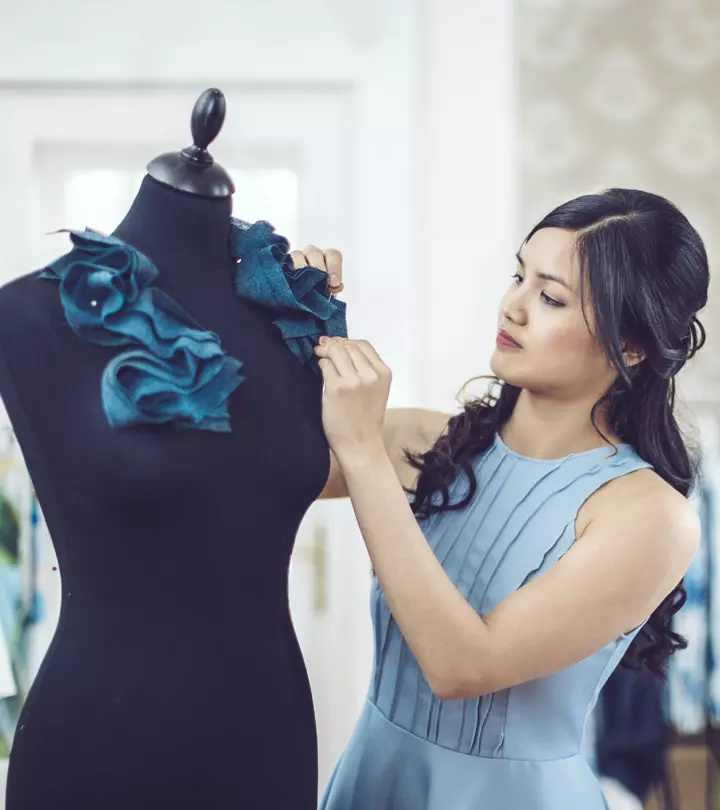
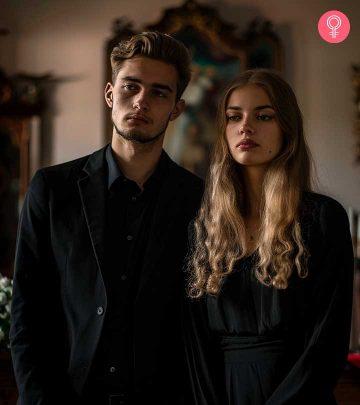
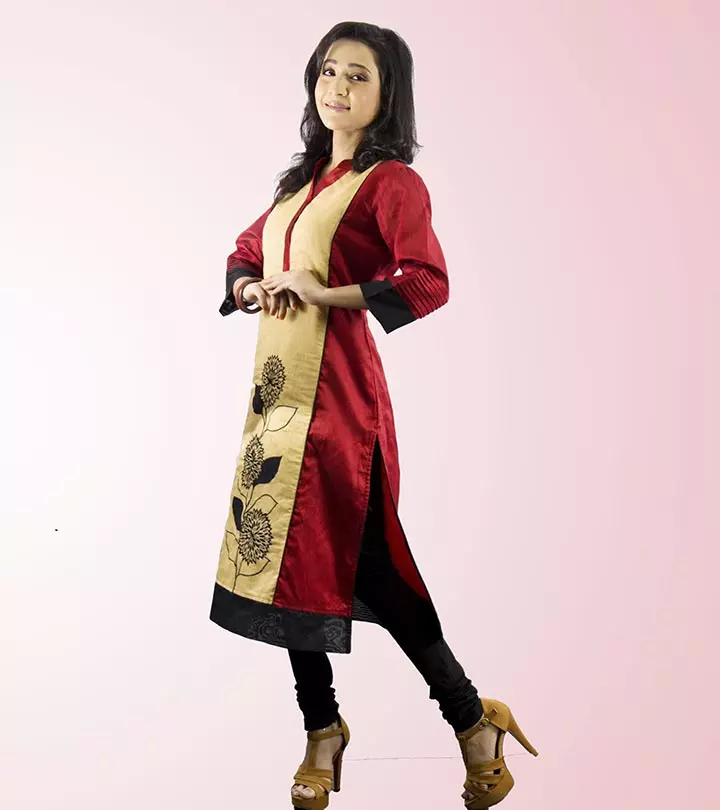
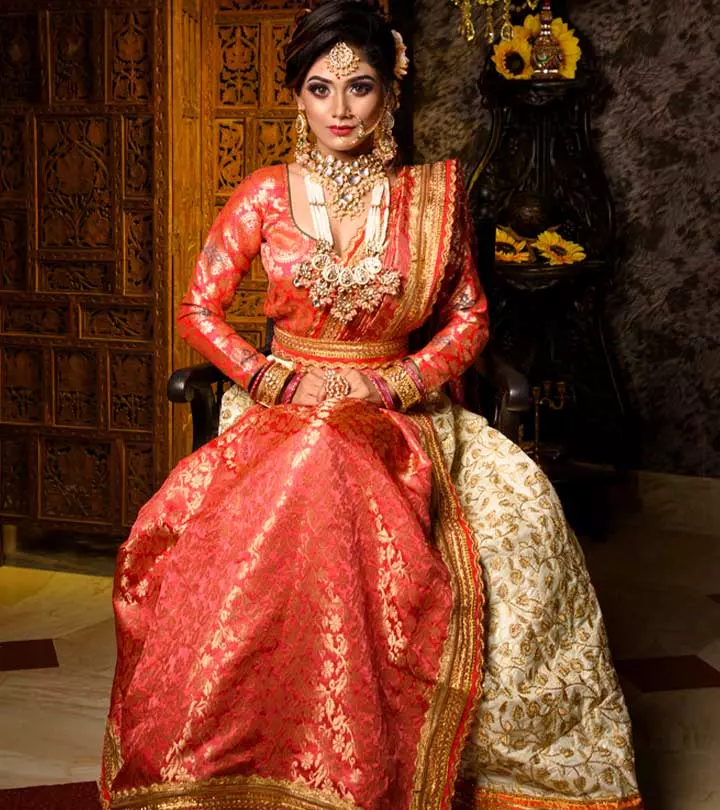
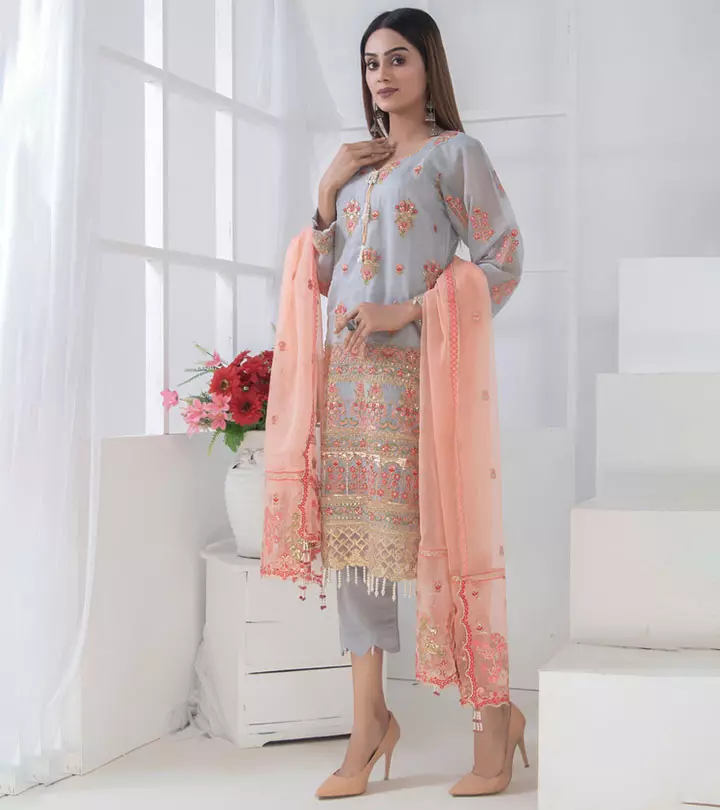
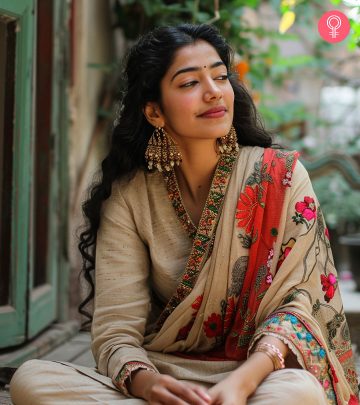
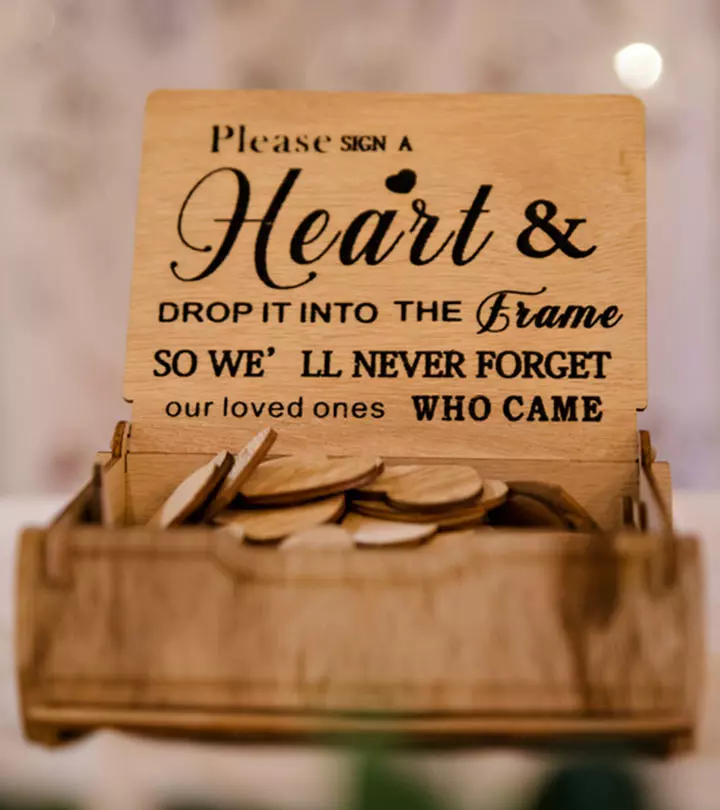
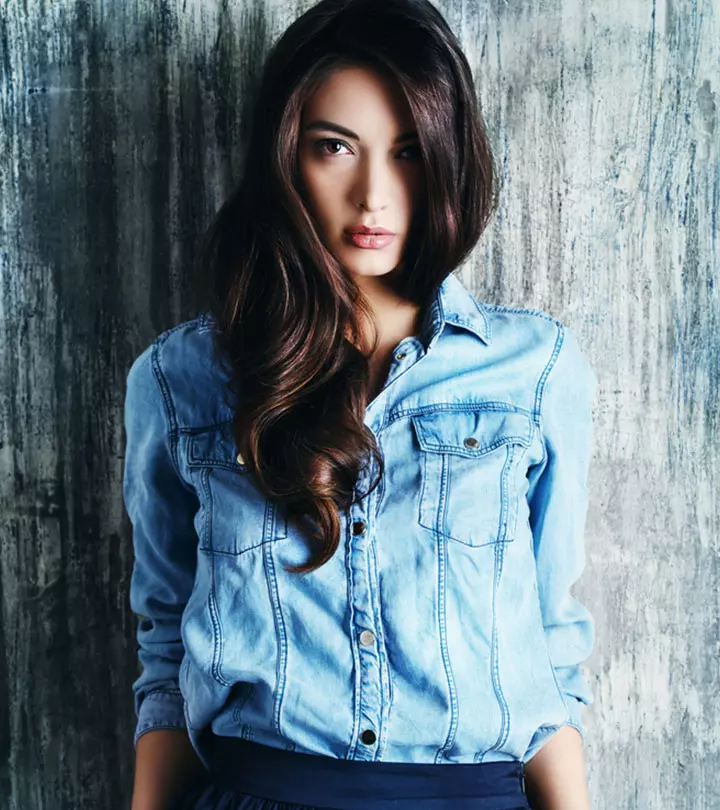
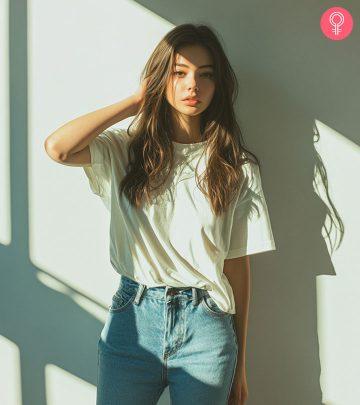
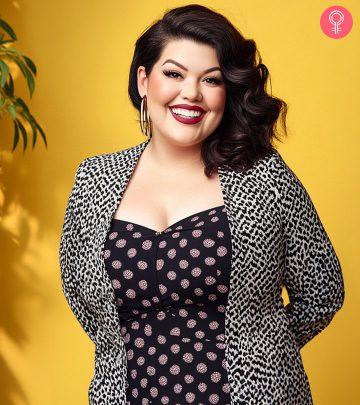
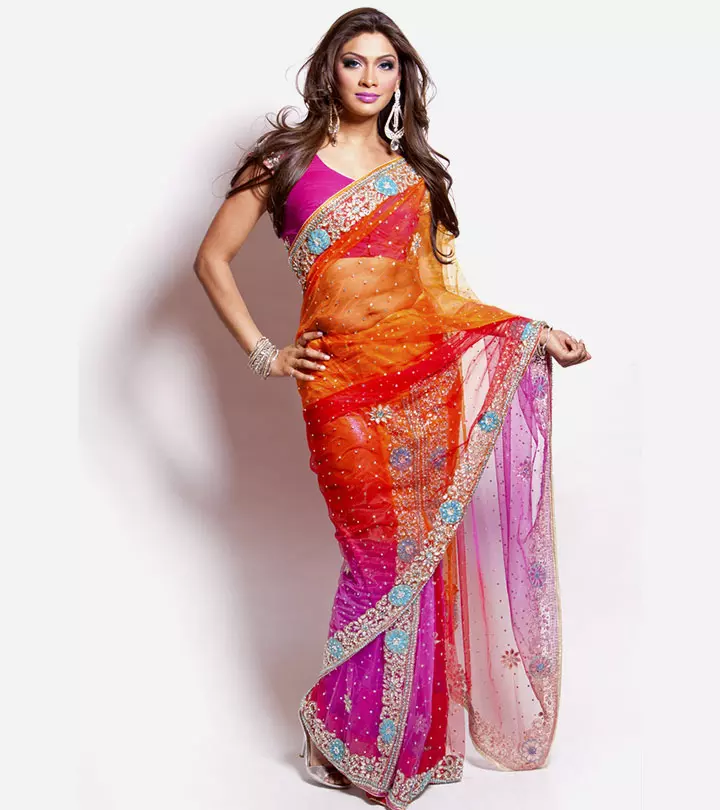

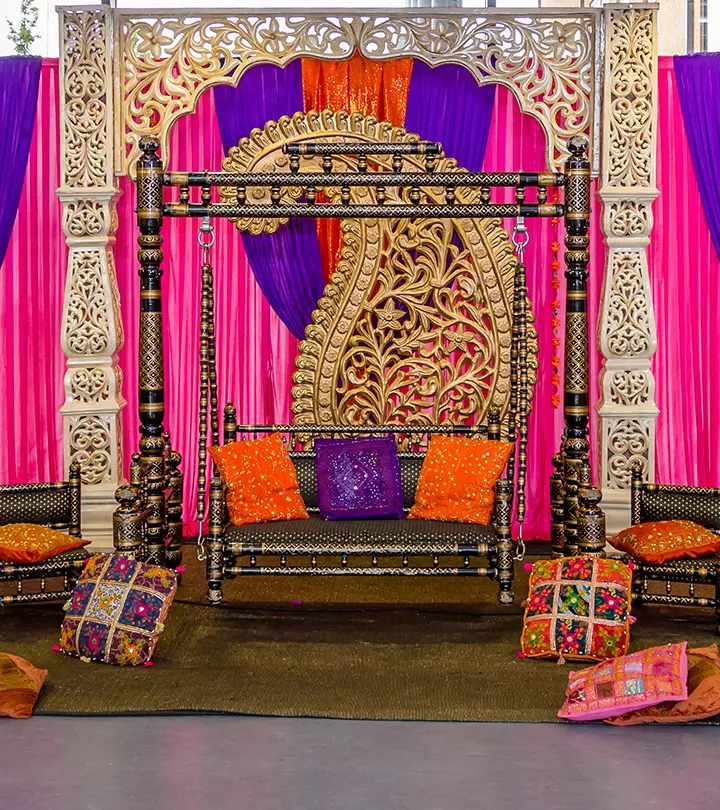

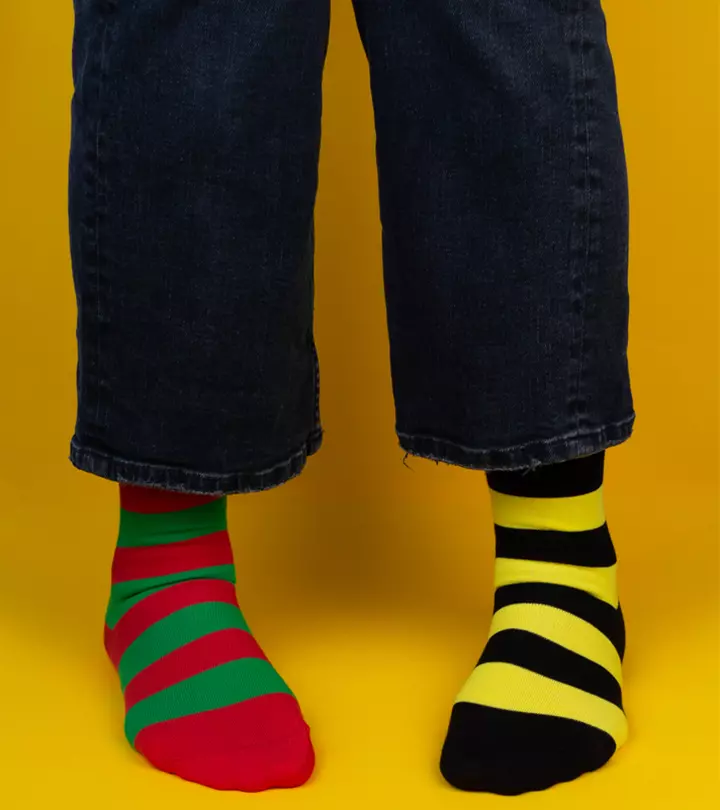
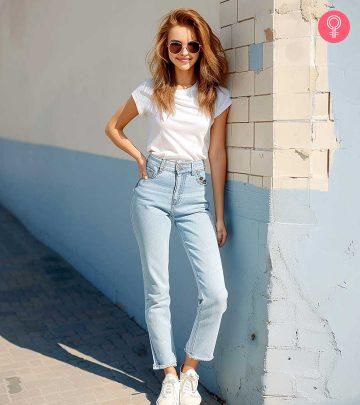
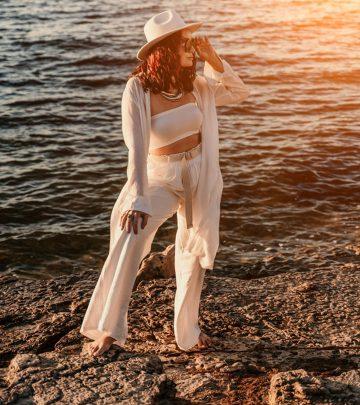
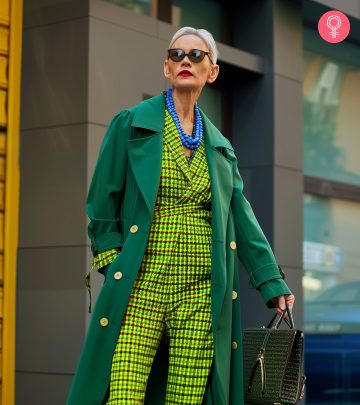
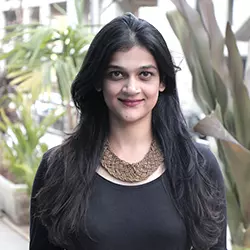
Community Experiences
Join the conversation and become a part of our empowering community! Share your stories, experiences, and insights to connect with other beauty, lifestyle, and health enthusiasts.